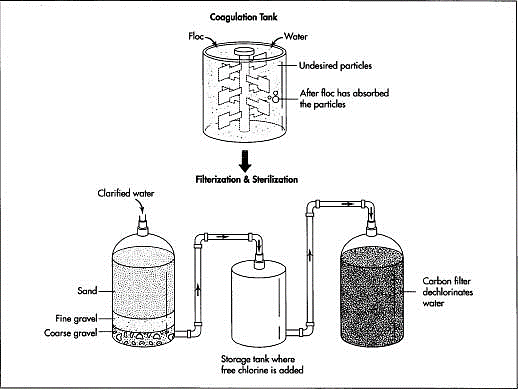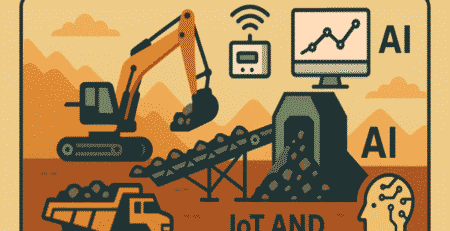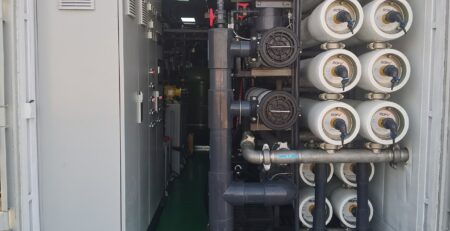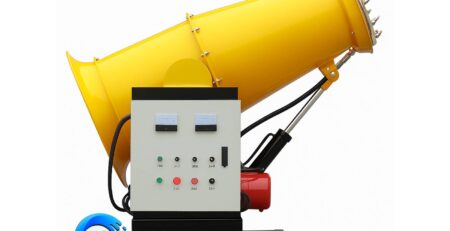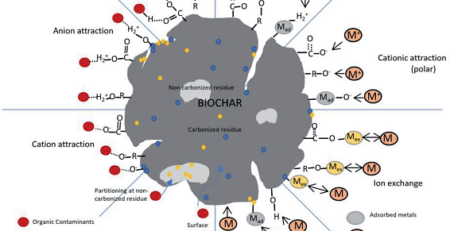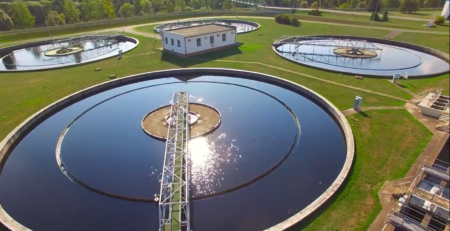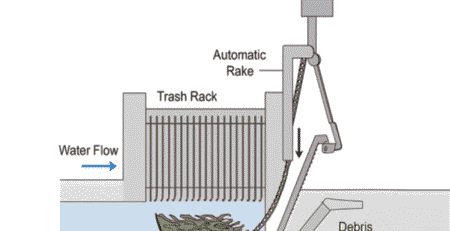Cost, Features and Marketing Techniques
Before you open a production line for your new energy drink, you must know a few things. Here are some features of energy drink manufacturing machines and their costs. Also, learn how to market your new energy drink. The first step in opening your energy drink manufacturing line is to select a product. Choose a flavour that best represents your business and target market. Then, choose the packaging design that will best showcase your brand. This step is crucial to getting your product out there and increasing sales.
Energy Drink Manufacturing Machine Costs
When you are planning to invest in an energy drink manufacturing machine, there are a few things you need to consider. These costs vary depending on the size of the plant and the amount of product produced. If you are only planning to produce a small amount, you might end up saving money in the long run. However, if you plan to produce large volumes, you will have to pay more. There are also some other costs you need to consider as well.
One of the most crucial costs of an energy drink manufacturing machine is its packaging. While the beverage can be packaged in any container, you have to balance cost and compatibility with your formula.
Energy Drink Manufacturing Machinery Features
An energy drink manufacturing machine needs to be equipped with the essential liquid packaging machinery to fill energy drinks. Waterman Engineers Australian offers a range of liquid filling machines for energy drinks. These filling machines are designed to be water-thin, and Machinery has gravity, pump, and pressure filling machines that can be customized according to the size of your production facility. The energy drink manufacturing machine you select should be able to fill bottles with various liquids, and it should also have a control system that will regulate the speed of the production process and prevent bottle blockage.
The cleanliness of your energy drink production plant is an essential aspect of a quality energy drink manufacturing machine. It can be equipped with a bottle cleaner that prevents contaminants from contaminating your beverage. You can also add cappers and labelling machines that can place wear-resistant labels on bottles and cans. Furthermore, efficient conveyors can ensure a smooth product flow. A high-quality energy drink manufacturing machine can help your business grow.
Opening Energy Drink Manufacturing Plant
There are many expenses involved in opening an energy drink manufacturing plant. The start-up capital is significant. You will need a water plant for effective water treatment, mixing tanks, a canning machine, a mini lab, and a drainage system. Energy drink manufacturing requires a high level of expertise, which means you’ll need to spend money on training. However, the investment can easily be recouped once you’ve established a solid foundation.
When starting an energy drink manufacturing business, you will need to invest several thousand dollars. You’ll also need to invest in materials, packaging, and shipping. Depending on the type of energy drink you want to manufacture, the initial investment could range from a few thousand dollars to more. In addition to these costs, you will need to decide what kind of product you’re going to create. You can choose between carbonated and non-carbonated drinks. Depending on your budget, you may have to purchase raw ingredients in the form of powder or concentrate, while non-carbonated drinks will need to be mixed.
Marketing Techniques for your Energy Drink Industry
You’ve invested in a good energy drink manufacturing machine. You’re confident in the product’s quality and ingredient list. But you’re not sure how to find a motivated market for your product. The energy drink industry is so competitive that there are many competitors. The fact is, you may not know the best ways to market your energy drink machine. To make things easier, here are some tips you can use to attract potential customers.
You’ll need a few thousand dollars to get started. You’ll need this money for raw ingredients, packaging, and shipping. Besides that, you’ll also need to pay for materials, labour, inventory, and distribution. You’ll need to budget for all of these items, as well as the costs of public health codes.
In Conclusion
Costs, features and marketing plans are a must to consider when opening a energy drink manufacturing plant, and these factors also help you determine what kind of energy drink you want to sell to your customers for creating your brand image as one of the best energy drink manufacturers.
Energy Drink Manufacture Frequently Asked Questions
1) How is energy drink manufactured?
An energy drink mixture that is intended to be packaged in containers generally, preferably in tins or cans, includes water, sugar syrup, citric acid, and extra flavouring and colouring ingredients, exclusively including a colour mixture that gives the energy drink a glittering golden pearl.
2) What are the top ingredients in energy drinks?
10 Common Energy Drink Ingredients:
- Caffeine
- Green Coffee Extract
- Ginkgo Biloba
- Carnitine
- Ginseng
- Vitamin B complex
- Taurine
- Guarana
3) How do energy drinks make so much money?
It’s a product that satisfies consumer demands. They also gain from the Red Bull energy drink’s intensive marketing and advertising, which boosts sales. Think about it: a corporation that sells 7.5 billion cans a year makes about $6 billion in revenue.
4) How much does it cost to make one energy drink?
Red Bull sold 7.5 billion cans of energy drink in 2019-almost one can every person on the planet. In-depth, the manufacturing cost of a single can is about $0.09. In Western nations, a single can cost an average of US$1.87 at wholesale.
5) Where do energy drinks sell the most?
Monster Beverage Corporation (NASDAQ: SBEV) (NASDAQ: MNST). Because of numerous health concerns and growing awareness, North America is the region with the largest market for energy drinks.
6) Who are the highest consumers of energy drinks?
Men between the ages of 18 and 34 make up the bulk of energy drink drinkers, while almost one-third of teenagers between the ages of 12 and 17 regularly consume them. There are two types of energy drink products.


